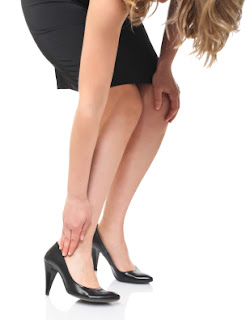Plantar Fasciitis Prevention Tips
Here's some of plantar fasciitis prevention tips from us:
- choose soft, loose shoes to wear, try to avoid high-heeled shoes too tight or too hard.
- You can gently massage foot to relieve the tension of the plantar fascia.
- Avoid prolonged walking or running.
- Do any exercise should be gradual, not arbitrarily sharp increase in physical activity, try to maintain proper weight.
- Time to do the training posterior leg muscles and plantar fascia sports: kneepad basically no treatment effect, a major role to remind you that a knee injury, do not make it worse.
- Time to do the training thigh muscles:
- Sitting on a chair, feet flat on the floor, knees bent, toes practice to catch a towel. This exercise can strengthen foot muscles.
- Body standing, one foot forward step by step, your feet can not heel off the ground, the body center of gravity moved forward, the rear foot should be slightly pulled calf muscle feeling, to maintain this action for 10 seconds, repeat 10 to 15 times. This exercise can increase the softness of the heel tendon.
- Use personal corrective insoles arch: arch corrective insoles can reduce the pressure on the plantar fascia to help alleviate pain.
- If the pain does not disappear when sustained, should find a registered chiropractor style specialists for detailed diagnosis, and with chiropractors recommend aggressive treatment.



